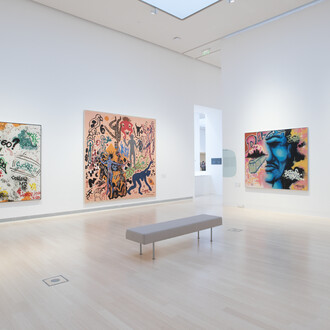Since its foundation the Museum of Hungarian Agriculture aimed to present the history of various branches of farming, including Hungarian vini- and viticulture.
The exhibition is situated in the cellars of the Gothic wing. Alongside its rich collection of tools and historical depictions, the exhibition also focuses on civilised wine consumption and wine tasting.
The taverns in villages, market towns and cities played a definitive role not just in wine consumption, but also in social life and the exchange of information. Wine retail was first a feudal, then a state, monopoly which could also be farmed out.
The degree of wine consumption was also influenced by the fact that during mediaeval epidemics, due to the lack of fresh drinking water, the population favoured medicinal and restorative wines. The quantity of daily wine intake in case of a farmer could be as much as 3 to 5 litres. Wine consumption substantially decreased in the late 19th century as a result of the phylloxera (vine louse) epidemic. In the first half of the 20th century average annual per capita consumption was between 40 and 50 litres, but that fell under 30 litres by the end of the century. In the early 21st century, due to the spread of civilised wine consumption, the per capita wine quantity in Hungary is around 35-37 litres, ranking 7th-9th in Europe.
Hungarian wine, our excellent national drink, had been the basis of the livelihood for about a third of the country’s population until the end of the 19th century. Even today, the domestic and international trade of Hungarian wine, linked to rural tourism, occupies and supports tens of thousands of people and their families.
Today wine is an integral part of Hungarian identity and image, while its excellence guarantees its valued place in Europe and the EU.
The first democratic parliament in 1990 passed laws and regulations of production in order to lay down the legal conditions of quality grape and wine production.
















